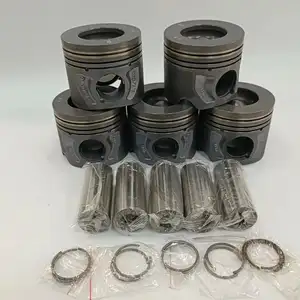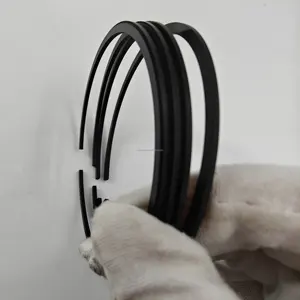
Auto Engine Parts Piston Set 5 Cylinders OEM AB39-75485-CA For Ranger 3.2


Atg Piston Ring Cylinder Diameter 86mm For V348 Engine And PUMA 2.2L





















The 142mm piston ring is a critical component in the realm of internal combustion engines, serving a pivotal role in maintaining engine efficiency and longevity. These rings are engineered to fit pistons with a diameter of 142 millimeters, commonly found in a variety of industrial and automotive engines.
Piston rings of this size are available in several configurations, each designed to fulfill specific functions within the engine. The most common types include compression rings and oil control rings. Material selection for 142mm piston rings is diverse, with steel and cast iron being the predominant choices due to their durability and wear resistance.
The application of 142mm piston rings spans across various engine types, including those in commercial vehicles, heavy machinery, and industrial power systems. These rings are designed to provide a tight seal between the piston and the cylinder wall, reducing oil consumption and preventing exhaust blow-by.
Utilizing 142mm piston rings comes with several advantages. Their precise manufacturing ensures optimal fit and function, contributing to the engine's overall performance and efficiency. The materials used in their construction offer resistance to heat and corrosion, extending the service life of the engine components.
When selecting 142mm piston rings, it is crucial to consider the engine's requirements and the operating environment. Factors such as compatibility with the piston material, the thermal expansion rate, and the intended use of the engine play a significant role in the selection process.
Proper maintenance of 142mm piston rings is essential for sustaining engine performance. Regular inspections can help detect wear and tear early, preventing engine damage and maintaining the integrity of the seal.